Description
Artemisia absinthium – Wormwood
Yes! The one used to make Absinthe!
***************************************************************************
Info taken from Wikipedia:
The leaves and flowering tops are gathered when the plant is in full bloom, and dried naturally or with artificial heat. Its active substances include silica, two bitter elements (absinthine and anabsinthine), thujone, tannic and resinous substances, malic acid, and succinic acid. Its use has been claimed to remedy indigestion and gastric pain, it acts as an antiseptic, and as a febrifuge. For medicinal use, the herb is used to make a tea for helping pregnant women during pain of labor. A dried encapsulated form of the plant is used as an anthelmintic.
The oil of the plant can be used as a cardiac stimulant to improve blood circulation. Pure wormwood oil is very poisonous, but with proper dosage poses little or no danger.
How to Make Absinthe at Home
What Is Absinthe?
Absinthe is distilled liquor which is made of alcohol and a plant called artemisia absinthium or “wormwood.“ [R] It has an unmistakable green color and a particular flavor derived from this plant.
It is usually consumed diluted in ice water with some sugar added.
What is Absinthe Like?
If you are going through the tedious process of making your own absinthe, it’s important that you know what you’ll be getting.
- It has a very strong flavor and abv content, just like other liquors such as vodka, rum, or even moonshine. So we caution you when consuming this. It’s not for everyone.
- It tastes like licorice and anise. Considering how divided people are about the taste of licorice, it’s important you know where you stand since you might dislike this.
- Not all absinthe is hallucinogenic. Wormwood, with a high concentration of thujone, handles this. This is illegal in the U.S., so the absinthe you’ll find here does not have the hallucinogenic characteristic those in other countries have.
The Tonic
Absinthe was first made as a health tonic in the 1700s and was made of a variety of different herbs, such as lemon balm. Often, this tonic was used as a pain reliever or a “folk cure.”
According to stories, everyone had different recipes for absinthe, with some even including snails, chickens, and fat!
From this, absinthe continued to evolve until it became known for the combination of fennel, anise, and wormwood.
How to Make Absinthe at Home: What You’ll Need
Yield: 95 proof absinthe
Materials:
- Bottle
- Strainer or cloth bag
- Warm dark storage
Ingredient List
- Alcohol base: Hard liquor that suits your taste, like vodka
- 35 grams wormwood
- 35 grams anise seeds
- 8 grams star anise
- 4 grams fennel seeds
- 8 grams Angelica root
- 4 grams marjoram
- 4 grams coriander
- 4 cardamom pods
- One-half seed of nutmeg
The basic elements for homemade absinthe consist of the holy trinity of wormwood, anise, and fennel, along with a hard liquor like vodka. The ingredient list above will give you more flavor and a more heady punch. However, they are optional.
The wormwood separates a hallucinogenic from a non-hallucinogenic absinthe.
You can use various herbs in absinthe recipes. The combination of these is what absinthe makers guard closely.
A simple change in the amount you use can completely change the taste and turn it into something completely undrinkable after it has undergone the distillation process.
Some that you can use include hyssop, artemisia Pontiac, lemon balm, spearmint, calamus, sandalwood, ganepi, various seeds, and more.
If You Have Made Hallucinogenic Absinthe:
Make sure you get “grand wormwood” or artemisia absinthium plant, which is the kind that has a compound called thujone. Safer and milder alternatives are royal or petite wormwood.
Note that it’s best to buy it fresh, though it may be a bit difficult to find.
PRO TIP:
We recommend you buy all these ingredients separately and mix them yourself to achieve better results. This will also allow one to adjust your recipe to your preference later on.
Remember that it will take a lot of trial and error to find the exact recipe that you will love, so having separate ingredients is crucial to getting the best absinthe out of this process.
Here are the Steps on How to Make Absinthe at Home:
The Easy Way: Making Absinthe through the Infusion Method
Step #1: Mix
Add 1/3 cup of the herbal mix you have used to 750 ML of your liquor of choice.
Step #2: Wait and Make the Macerate
Make sure to store the mixture in a bottle and place it in a warm, dark place. You can choose to wait from anywhere between 2 weeks to 2 months.
To make the macerate, infuse wormwood and vodka together for a few days.
Step #3: Straining and Distillation
Once your storage period is done, strain the herbs out. Then, distill the brown, bitter liquid by boiling it. A good still kit will make this easy to do. This takes out the bitterness and some alcohol.
Step #4: Add the Maceration and Dilute
Remember the second infusion you made? Add that to the distilled absinthe. Water is added as well to dilute the distillate.
Step #5: Try and Try
If you are trying this, note that macerated absinthes are usually bitter because the bitter components are not separated from the essential oils during the infusion.
You may have noticed that we haven’t really given you exact measurements here. This is because the original recipes for making absinthe the traditional way have long been lost.
So, a lot of this process requires trial and error to figure out what ratios work for you.
Keep trying until you figure out the right herbal mix and ratios of alcohol, macerate, and H20! And have fun in the process!
Method 2: The Oil Mix
Step #1: Infuse with Wormwood
Place the alcohol in a glass bottle with the wormwood. Close the bottle with a sealed cork, then let it sit for a month.
Be sure to remember to shake the bottle a few times a day.
Step #2: Grind the Herbs
Grind the herb mix of your choice using a mortar and pestle. Don’t be afraid to experiment and figure out what works for you. This is the advantage of buying everything separately!
Step #3: Filter and Add Herbs
Once the month is done, filter the clear liquid to remove the herb.
Then add the herb mix you previously ground up. This is what will color the absinthe and works just like a tea bag that you place into the distillate.
You may either use a brand fresh bottle or the same one in which you infused the vodka. If you’re using the same bottle, ensure that you wash and dry it carefully.
Step #4: Distillation
Let the mixture in the bottle steep for another month. Like the first infusion, ensure you shake the bottle at least once a day.
Step #5: Enjoy!
Once you get to this point, your absinthe is ready to go! You can enjoy it in various ways.
The Pure Method
Sip the absinthe just as it is. As a warning, this can be an intense experience. Only true experts can enjoy the green fairy purely on its own.
The Milder Way
- For a lighter, fresher drink, place a bit of sugar in a teaspoon.
- Pour a glass of the liquor over the spoon. Collect the liquid in another glass.
- Light it up! Use a match or lighter to carefully light the remaining liquor-soaked sugar on the spoon and blow out the flame after 10 seconds.
- Stir the spoon into the absinthe.
- Add a half-dose of ice water.
- Stir it again.
The Sugar Cube Method
You can also choose to enjoy your drink with sugar and H20 by dissolving a sugar cube into the mixture using a water drip.
Try & Taste It for Yourself!
While absinthe is something not every bartender or tippler likes, it’s an interesting drink. This distillate with its vivid green color and recipe of herbs and maceration tastes unique.
However, just note that this is not meant for every lifestyle. We also recommend that you be careful with your consumption, as this spirit can be very strong. We hope this guide on how to make absinthe helped you!
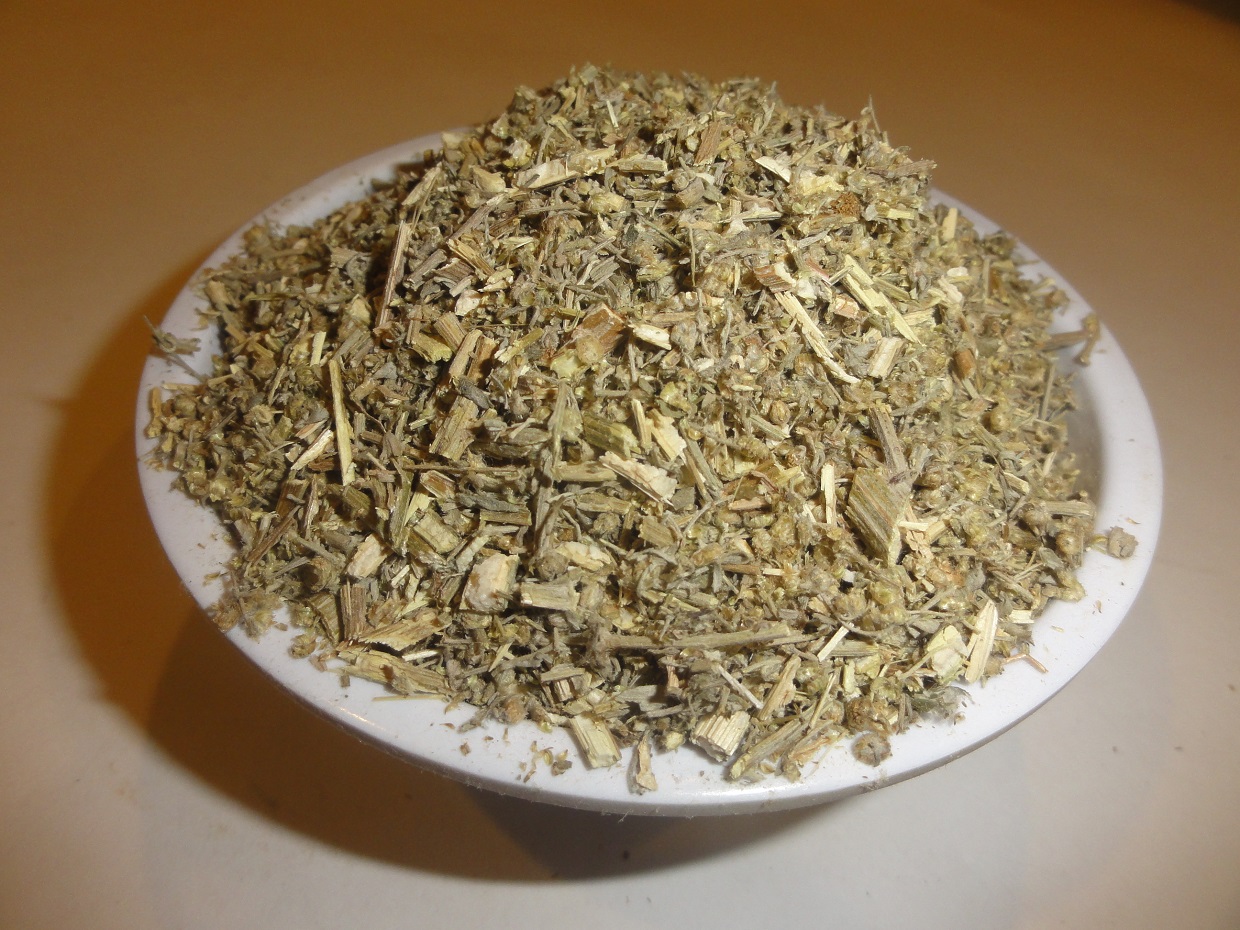


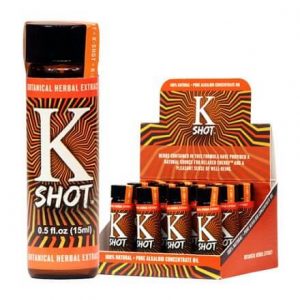
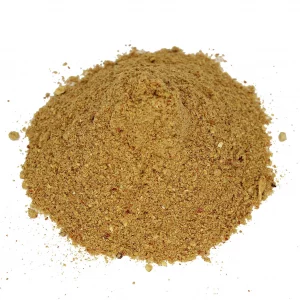

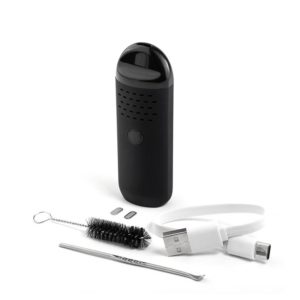
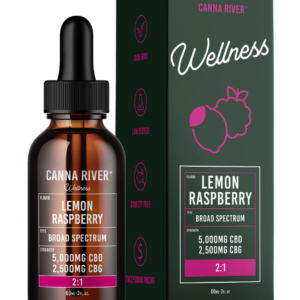
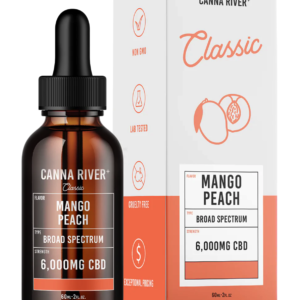

Reviews
There are no reviews yet.